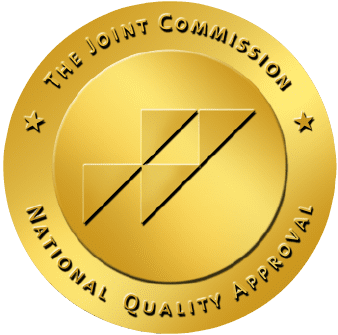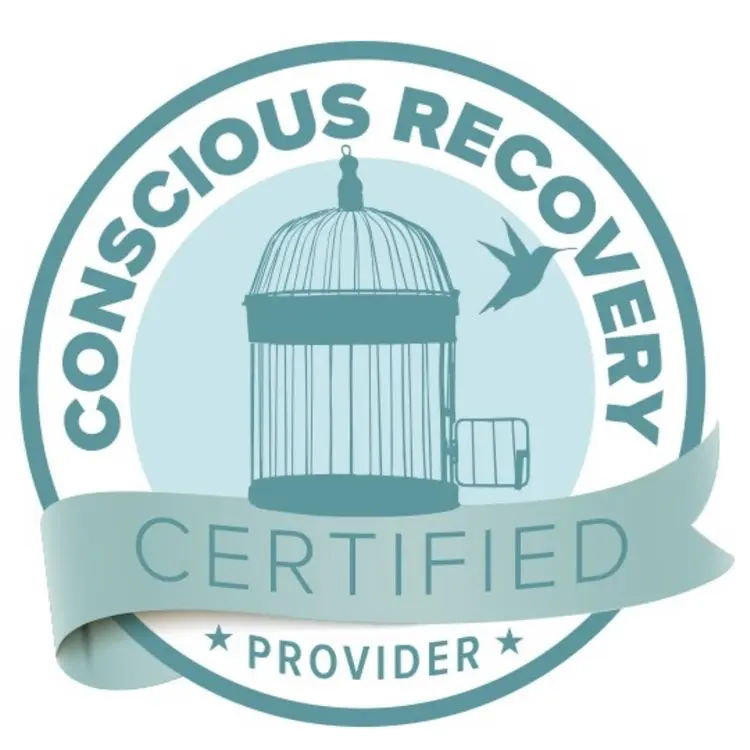Cognitive processing therapy (CPT) is a highly effective therapeutic approach designed to help individuals overcome trauma-related conditions such as post-traumatic stress disorder (PTSD). This evidence-based treatment focuses on addressing and reprocessing traumatic memories, allowing individuals to gain a better understanding of their thoughts and feelings associated with trauma. Recognized worldwide for its effectiveness, CPT has become a vital tool for many seeking to improve their mental health and well-being.
Monima is a unique outpatient trauma treatment center explicitly designed for women seeking mental health support in beautiful San Diego, California. We recognize that no two clients are the same, and trauma looks different for everyone. That’s why our team provides inclusive and individualized care based on the needs, diagnoses, and goals of each client — regardless of where they are at in their wellness journey.
At Monima Wellness, we foster a safe and inclusive environment where women and LGBTQ+ individuals feel empowered and supported during treatment. Monima offers clients the unique opportunity to build lasting bonds and a sense of community while in treatment.

Cognitive processing therapy is a specific type of cognitive-behavioral therapy (CBT) that is used specifically to treat trauma by focusing on the impact of trauma on thoughts and beliefs. Developed initially to treat PTSD in veterans, CPT has now expanded to support individuals struggling with various types of trauma and even comorbid mental health conditions, including bipolar disorder, treatment-resistant depressive disorders, and schizophrenia spectrum disorders. This therapy is rooted in the understanding that traumatic events or trauma can significantly alter a person’s beliefs and perceptions, leading to distressing symptoms that can impact daily functioning.
CPT focuses on identifying and challenging the unhelpful thoughts and beliefs that emerge after a traumatic event. By working through these negative thoughts, individuals can reshape their understanding of the trauma, reduce symptoms, and improve their overall quality of life.
CPT is typically conducted over 12 sessions, although this can vary based on each individual’s response to treatment. Some individuals may require more than 12 sessions to begin seeing the results they are looking for. CPT is divided into distinct phases:
As we know, CPT works by helping individuals understand and change the thoughts and beliefs that contribute to trauma-related symptoms. This treatment is based on the idea that individuals can recover from trauma by changing the way they think about their experiences. As mentioned previously, this process takes place through several phases. Here’s a closer look at what those phases consist of:
The initial phase of CPT involves educating individuals about PTSD and the ways trauma can impact their thoughts and feelings. Understanding the nature of PTSD helps individuals make sense of their experiences and prepares them for the therapeutic process. Education includes:
One of the central tasks in CPT is identifying and challenging maladaptive thoughts and beliefs that stem from the traumatic event. These problematic thoughts can include:
Challenging these thoughts involves recognizing these patterns and questioning their validity. By doing so, individuals can begin to change their perspectives and reduce the intensity of their PTSD symptoms.
Through structured writing assignments and discussions guided by licensed mental health professionals, individuals are encouraged to recount their traumatic experiences in detail. This helps to process the event and integrate the memories more adaptively into their overall life narrative. Key activities of this process include:
The final phase of CPT is where the magic happens. This phase of treatment focuses on developing healthier and more balanced thoughts about the traumatic event and its aftermath. This shift in thinking can significantly reduce symptoms of PTSD and improve overall mental health. Steps in this phase include:
Cognitive processing therapy has been shown to provide numerous benefits for individuals grappling with trauma-related disorders. Some of these benefits include:
Are you concerned about a traumatic event’s impact on yourself or a loved one? Take the PTSD Quiz to learn if you may be suffering from PTSD and whether it’s time to seek treatment for trauma-related symptoms.
Cognitive processing therapy is beneficial for a wide range of individuals experiencing trauma-related symptoms. According to the Diagnostic and Statistical Manual of Mental Disorders, fifth edition (DSM-5), a traumatic event is defined as exposure to the following: death, threatened death, actual or threatened serious injury, or actual or threatened sexual violence. Based on this definition, individuals who typically benefit the most from CPT include, but are not limited to:
Before beginning CPT, or trauma therapy of any kind, it is essential to consider several factors to ensure it is the right fit for you:
At Monima Wellness, we are dedicated to providing high-quality mental health and trauma treatment for women and LGBTQ+ individuals in San Diego. Our team of skilled therapists specializes in various trauma therapies, including cognitive processing therapy, somatic experiencing (SE) therapy, and eye movement desensitization and reprocessing (EMDR) therapy. Our San Diego outpatient trauma programs offer a compassionate and supportive environment for your healing journey.

During your time enrolled in an outpatient treatment program at Monima Wellness, you will engage in various activities designed to help you process and reframe your trauma-related thoughts. This might include:
Our services are designed to address the unique needs of women and LGBTQ+ folks, providing a safe space to process trauma and build resilience. We believe in a holistic approach to mental health and trauma treatment, integrating various therapeutic techniques to support your overall well-being.
If you or a loved one are struggling with the effects of trauma, we invite you to reach out to us.
Contact us to learn more about how CPT and outpatient treatment can help you reclaim your life.
Find out if Monima is the right treatment center for you or your loved one. Please note: we are an insurance-friendly organization.

